How it Relates to Today
What are Pictographs
How Native Americans Communicated
Background
Gestures
How it Relates to Today
Diffusion of Languages
Activity
Research
Pre-contact, Native Americans had a way to communicate with the emphasis on pictography, oral storytelling, and performances. However, as westerners began to colonize their land, they were forced to conform and adopt their culture. Today, most Native Americans that live on reservations learn English as their first language and thus, are speaking the language of their oppressors and have lost their own form of communication. There was a campaign in the late nineteenth century that forced English upon the indigenous people and would punish children for speaking a native language. This led to an extensive loss in their practice of oral history, but there are attempts to combine the two.

Poley, and Horace Swartley. Pictographs
For instance, Navarre Scott Momaday, a Native American author, writes literature that encompasses his Kiowa heritage. He has written a limited collection of stories from his heritage such as The Journey of Tai-me and The Way to Rainy Mountain. He returns to oral traditions as he uses dialogue, songs, multiple voices, and more.
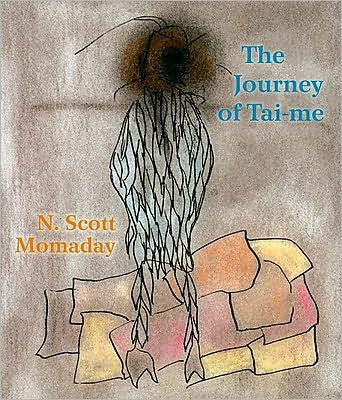
Momaday, Navarre Scott. The Journey of Tai-Me. University of New Mexico Press, 2009
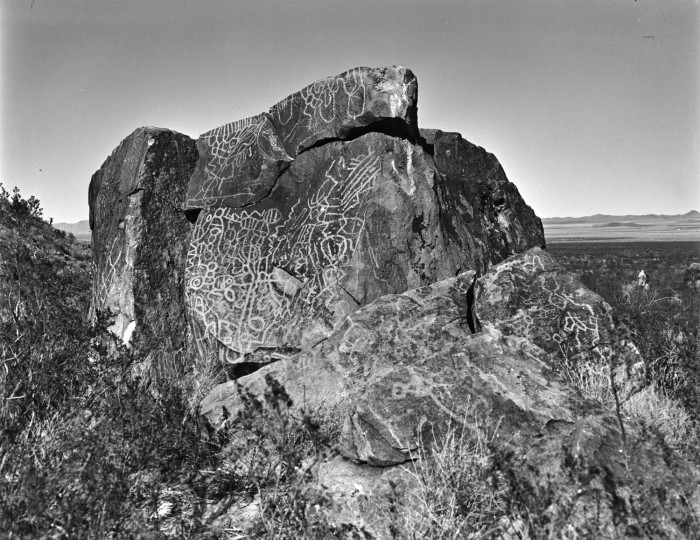
Tiller, de Teel Patterson. [Judian Pictographs], photograph, March 1978
Similarly, the culture of Native Americans’ use of pictography to represent certain ideas has also translated to the society of Americans. As the colonizers and indigenous people attempted to communicate, they used gestures, drawings, and would translate small words. As a result, the form of communication through pictography was adopted by the West.
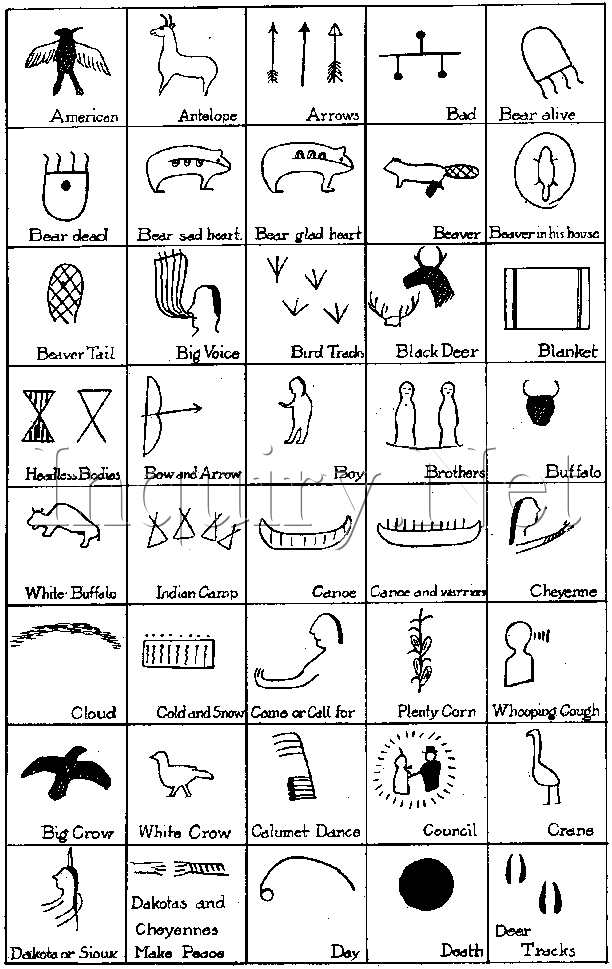
Inquiry Net
Although there is not a complete emphasis on pictographs, there are important symbols that are placed within society that send a certain message as Native pictographs did. One of which is a stop sign; The hexagonal red sign is a symbol that everyone knows that represents that cars have to stop and signals hazard.
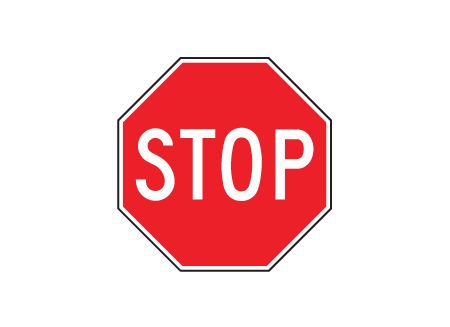
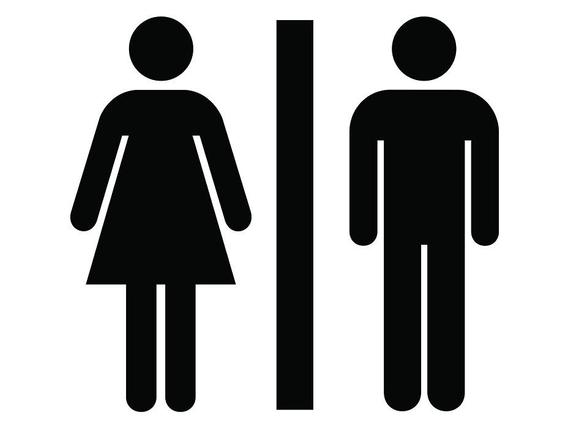
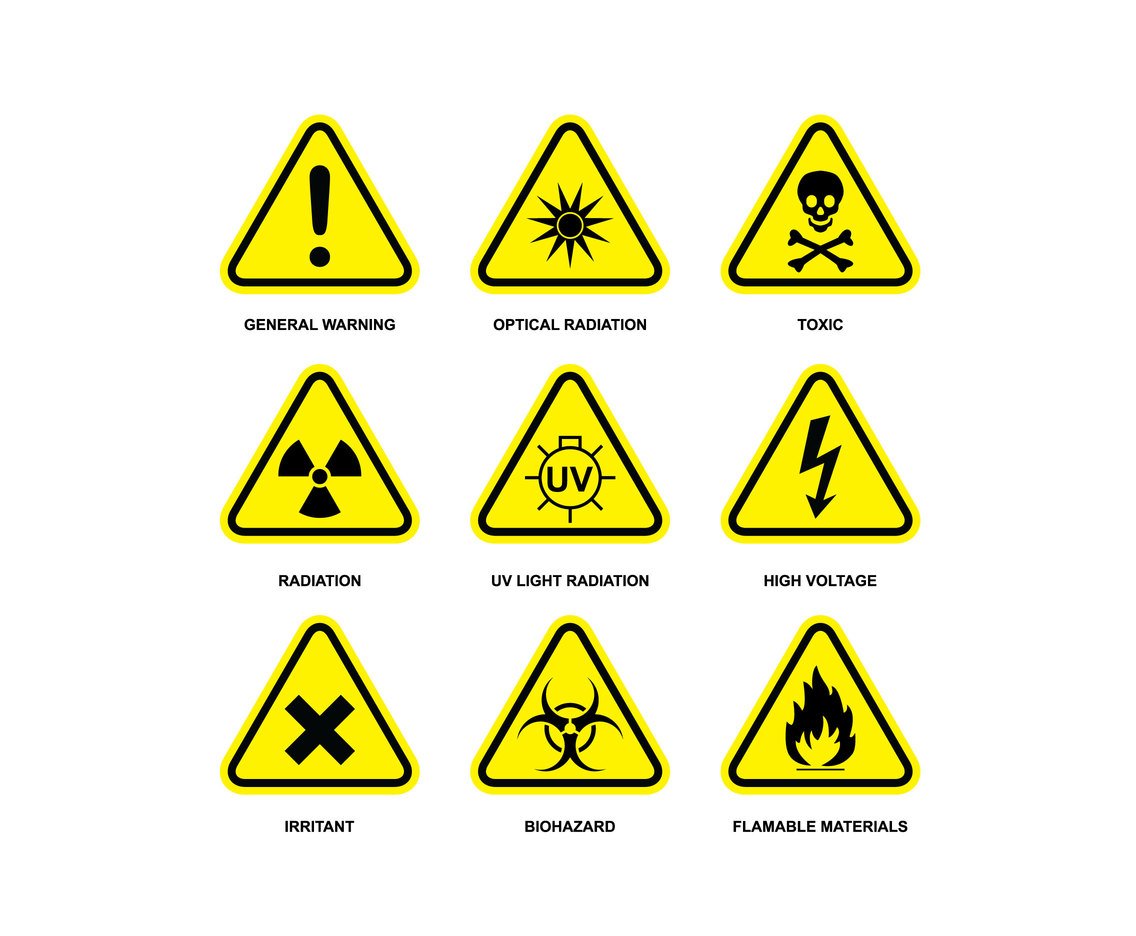
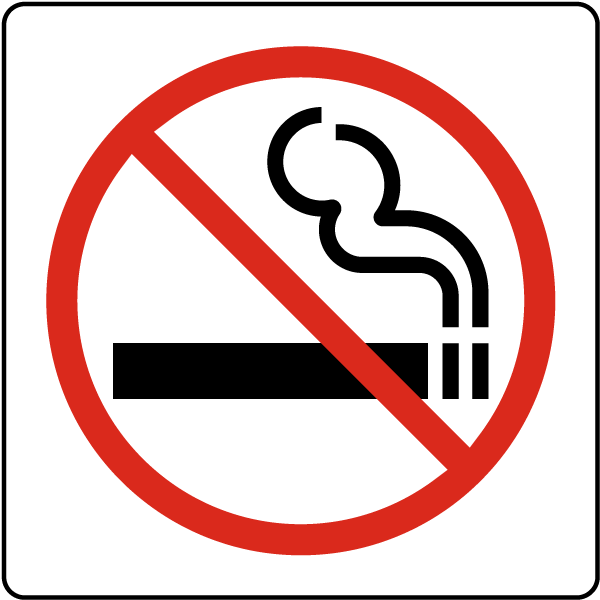
Inspired by the Natives' use of pictography, here are some pictographs Americans developed on their own.